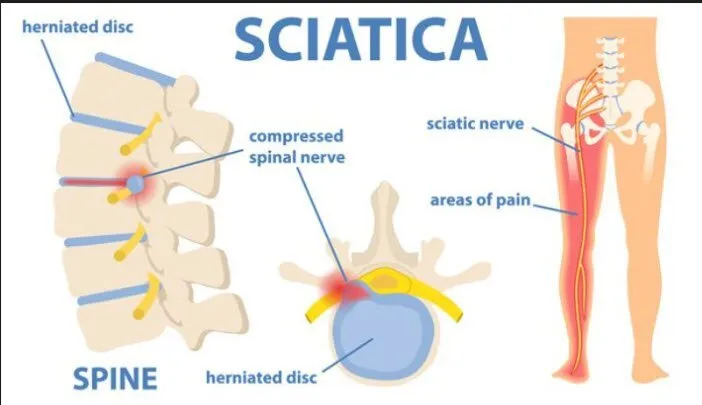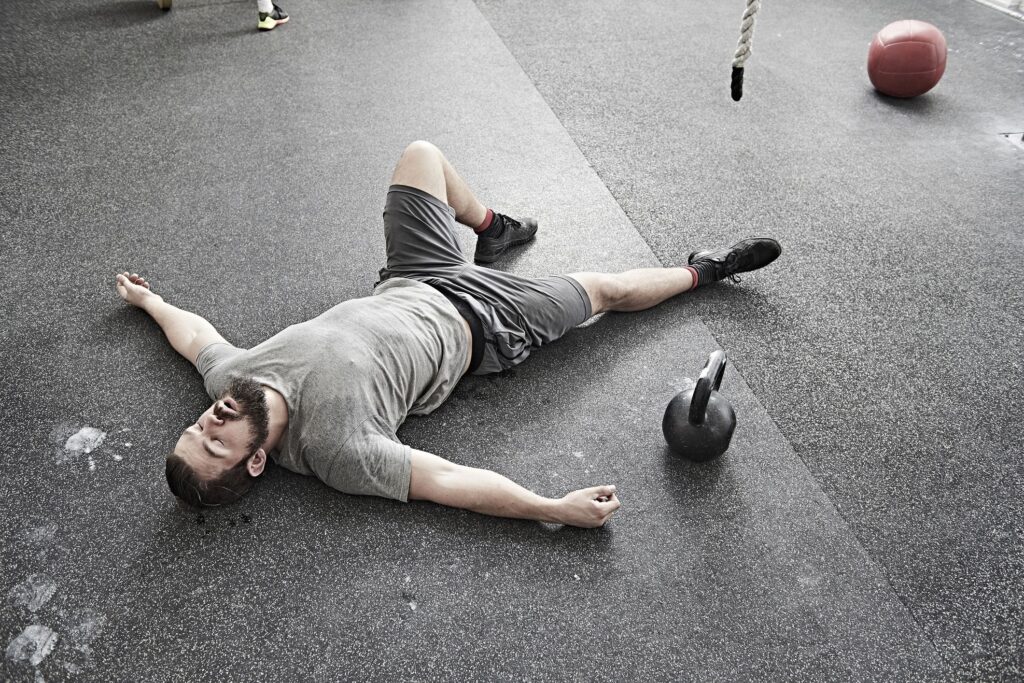Sciatica is a common condition that affects the sciatic nerve, which runs from the lower back down through the legs. Sciatica symptoms include lower back pain, leg pain, numbness, and tingling. While there is no cure for sciatica, exercises can help to alleviate symptoms and prevent the condition from worsening.
What is sciatica?

Sciatica is a condition characterized by pain, numbness, or weakness in the lower back, legs, and feet due to compression or irritation of the sciatic nerve. The sciatic nerve is the largest nerve in the body, running from the lower back through the hips and legs. Sciatica can be caused by a variety of factors, including herniated discs, spinal stenosis, and muscle imbalances.
What causes sciatica?
Sciatica is caused by irritation or compression of the sciatic nerve, which runs from the lower back down through the legs. This can be caused by a variety of conditions, such as a herniated disk in the spine, degenerative disk disease, spinal stenosis (narrowing of the spinal canal), or a muscle or ligament strain. In rare cases, it can be caused by a tumor or infection.
Exercises for Sciatica:
- Stretching

Stretching is an essential part of any exercise routine, and it is especially important for people with sciatica. Stretching can help to loosen tight muscles and improve flexibility, which can reduce pain and discomfort.
Some stretches that are particularly beneficial for sciatica include:
- Hamstring stretches: Sit on the floor with your legs extended in front of you. Slowly reach forward and try to touch your toes. Hold the stretch for 30 seconds and repeat 3-5 times.
- Piriformis stretches: Lie on your back with your knees bent and your feet flat on the floor. Cross your right ankle over your left knee and gently pull your left knee towards your chest. Hold the stretch for 30 seconds and repeat on the other side.
- Lower back stretches: Lie on your back with your knees bent and your feet flat on the floor. Gently bring your knees towards your chest and hold for 30 seconds. Repeat 3-5 times.
- Strengthening

In addition to stretching, it is also important to do exercises to strengthen the muscles that support the spine. Strong muscles can help to take pressure off of the sciatic nerve and improve posture, which can reduce pain and discomfort.
Some exercises that can help to strengthen the muscles of the lower back include:
- Bridging: Lie on your back with your knees bent and your feet flat on the floor. Slowly lift your hips towards the ceiling, squeezing your glutes and lower back muscles as you do. Hold for a few seconds and then lower back down. Repeat 10-15 times.
- Planks: Start in a push-up position with your hands and toes on the ground. Keep your body straight and hold the position for 10-30 seconds. Repeat 3-5 times.
- Deadlifts: Stand with your feet hip-width apart and your knees slightly bent. Hold a weight in front of your thighs and slowly bend forward at the hips, keeping your back straight. Lower the weight as far as you can without rounding your lower back. Pause and then slowly return to the starting position. Repeat 10-15 times.
- Aerobic

Aerobic exercises can help to increase blood flow to the lower back and legs, which can help to reduce pain and discomfort. Aerobic exercises can also help to improve overall fitness and reduce the risk of other health problems.
Some aerobic exercises that are good for people with sciatica include:
- Walking: Walking is a low-impact exercise that can be done by almost anyone. Start with a short walk and gradually increase the distance and intensity as you become more comfortable.
- Swimming: Swimming is a great exercise for people with sciatica because it is low-impact and provides a full-body workout.
- Cycling: Cycling is a low-impact exercise that can be done indoors or outdoors. It is a good way to strengthen the muscles of the legs and lower back.
Also Read. Can exercise lower blood pressure?
How do exercises help with sciatica?
Exercise can help alleviate symptoms of sciatica by:
- Strengthening muscles: Exercises that strengthen the muscles in the lower back, hips, and legs can help support the spine and reduce pressure on the sciatic nerve.
- Improving flexibility: Stretching and flexibility exercises can help improve the range of motion in the hips and legs, which can help reduce inflammation and pain in the sciatic nerve.
- Relieving tension: Exercises that focus on relaxation and breathing can help reduce tension in the muscles and relieve pain.
It’s important to note that not all exercises are appropriate for everyone with sciatica and it’s always best to consult with a healthcare professional before starting any new exercise regimen. Also, it’s important to understand that, sciatica can be caused by a variety of underlying conditions, such as a herniated disc, and the appropriate treatment will depend on the underlying cause.
How can people prevent sciatica?

Sciatica can be prevented by maintaining good posture, exercising regularly, maintaining a healthy weight, avoiding prolonged sitting, and using proper lifting techniques. It’s also important to avoid smoking, which can increase the risk of sciatica. If you experience chronic lower back pain, it’s a good idea to see a doctor or physical therapist to discuss ways to prevent sciatica and manage any existing symptoms.
Can exercising with sciatica hurt me?
Exercising with sciatica can be beneficial, but it can also be harmful if not done properly. It is important to speak with a healthcare professional before starting any exercise program if you have sciatica. They can recommend exercises that are safe for you to do and help you avoid activities that may aggravate your condition.
Additionally, it is essential to start with a low-impact exercise and gradually increase intensity over time. Engage in proper form and technique when performing exercises, to avoid straining the lower back and legs.
Conclusion!
Exercising is an important part of managing sciatica. Stretching, strengthening, and aerobic exercises can all help to alleviate symptoms and prevent the condition from worsening. It is important to start slowly and gradually increase the intensity of your exercises as you become more comfortable.
FAQs.
What is the best exercise to relieve sciatica?
Stretching exercises, such as the hamstring stretch and piriformis stretch, and strengthening exercises for the core and lower back, such as the bridge exercise and the McKenzie extension exercise, may help relieve sciatica. However, it’s important to consult with a healthcare professional before starting any exercise program.
What is the quickest way to get rid of sciatica?
The quickest way to get rid of sciatica may vary depending on the underlying cause of the condition. Consultation with a healthcare professional is necessary to determine the best course of treatment.
Is walking a good exercise for sciatica?
Walking can be a good exercise for sciatica as long as it does not worsen symptoms. It is important to start with a short distance and gradually increase the distance as symptoms improve.
What should you not do with sciatica?
People with sciatica should avoid activities that cause pain or worsen symptoms, such as prolonged sitting, heavy lifting, and twisting the lower back. It’s also important to avoid exercises that may irritate the sciatic nerve, such as certain leg exercises and backbends. Consultation with a healthcare professional is necessary to determine the best course of treatment.
